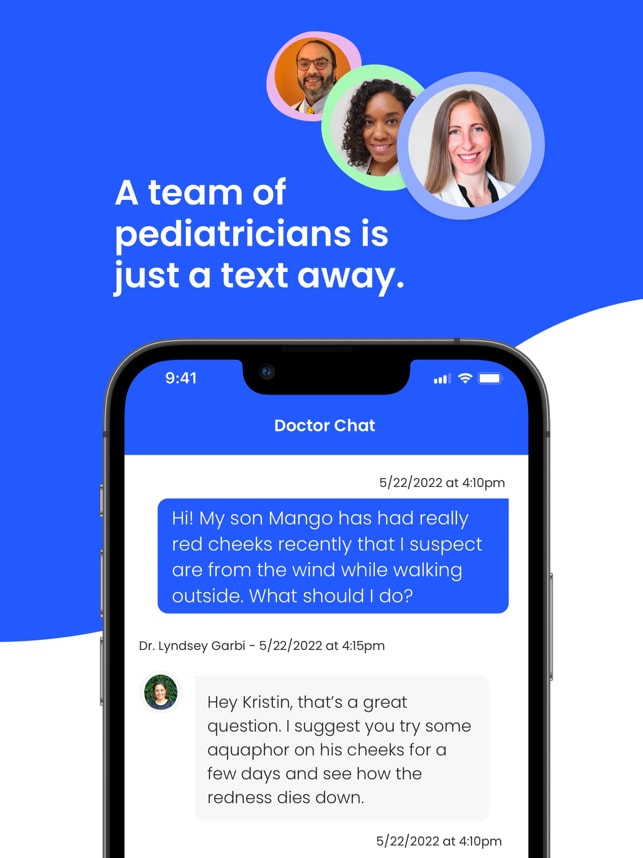|
Bonding with a new foster child may come naturally to some foster parents. I can admit, however, I am not one of those parents; I have to take deliberate action in order to create that bond. The good news is that with time and work, the bond can not only exist but be the foundation for a strong foster parent/child relationship.
1. First and foremost, especially in the first weeks, meet their needs quickly and their wants as often as you can. This is best way to bond with a child in foster care. In this way, treat them much like you would a new baby. If they say they’re hungry, get them food quickly (and on that note, while you’re out and about, have snacks ready). If you notice they’re tired or over stimulated, help them take a break or nap. If you see they’re seeking attention, give it to them in a positive way. 2. Gently create structure and boundaries. During the first few weeks, foster parents will want to create structure and boundaries but do so as gently as possible recognizing the major life change these kids have experienced and that they won't listen to your boundaries and structure until they know they can trust you. 3. Get rid of distractions (for at least a few hours a day during the first few weeks). This can be difficult with appointments and adjustment, but if you can devote a few hours each day the first few weeks to the foster child, it will pay dividends in their behavior and your bond over the long term. If you have other kids and they aren't in school or daycare, ask someone to focus on them for a bit so you can focus solely on the new child in your home. Put your phone down, don't worry about cleaning or cooking, and just dedicate your time and energy to the child during that period. 4. Read together. Spend 10-20 minutes every day reading together. For babies and toddlers, keep it simple and recognize they’ll probably want to read the same book over and over (and over again). For school aged kids, yes, practice reading skills but for bonding purposes, just read a silly book together without feeling too much like a reading coach (for now). For pre-teens or teens who maybe aren’t interested in side-by-side reading, have them pick a book that you both read separately and come together every few days to discuss. 5. Do puzzles together. For littles, this can include simple shape puzzles. For older kids, including teens, find a picture puzzle that they like and at the difficulty level they can handle. Work on it together, praising their efforts (if focusing is tough for them, praise them when they can focus for even 30 seconds) and celebrating your joint success. 6. Sing or listen to music together. There is something so amazing about music. One of our toddler placements had off-the-wall energy but, somehow, when I sang to him with my less-than-perfect voice, I watched him immediately calm down almost in awe. One of our other placements came to us fairly serious/sad but when a song came on he liked he came alive and would dance around the room. Find songs they react to and play it often to help them associate your home and you with something positive. 7. Take a walk or exercise together. Exercise is good for us all, particularly during stressful times like a major life-changing event. Infants and toddlers will enjoy you describing things you see and hear along a walk around the block. Ask engaging questions like "what was the best part of your day" to verbal kids. Maybe your older kids are into a sport; take a stab at it. Even if you're terrible at it, they'll likely enjoy that you gave it try. 8. Watch their favorite show or movie together. (I'll eventually have to write a separate blog about why I don't think foster parents should ban their foster kids from watching TV.) Once you figure out what their favorite movies or shows are, sit down next to them on the couch and enjoy it together. Occasionally ask questions or make observations about what they're seeing or what characters are doing. Discuss the show after, asking about plots, beginnings and ends, characters, etc., but try to sound more interested than probing. Listen to songs from the show or movie when you need to move on from screentime (with help from Spotify). 9. Play. For ages 2-8~, give them opportunities for unstructured play. Engage with them by mimicking their actions, asking questions, and having fun. If your child is older, they may not be into unstructured play so grab a fun game or join them in a video game they like. Mirror their interest and engagement level. 10. Positively engage their senses. Why do so many people love fireworks? Because it engages your sense of sight (the bright lights against a dark sky), sound (the popping of the firework), touch (feeling the outdoor air), and often taste (with good food near by). The beach? Because it engages your sense of sound (the ocean waves), sight (the beautiful scene), touch (the waves hitting you, the sand on your feet and the warm breeze), smell (the ocean air) and, again, often taste. Find a scene that offers positive sensory engagement. It's possible some kids, especially littles, may find major sensory experiences overwhelming so for the younger crew it may be good to start with smaller sensory experiences and work your way up. Whatever you do, put in the effort and it will help you foster love and bonding with your foster child. |
AuthorI'm a foster mom, bio mom, working mom, special needs mom, busy mom. I'm also married to my high school sweetheart, I'm a proud 23-year childhood cancer survivor, and I'm passionate about serving my community. More from FosterMamaArchives
March 2023
Categories
All
|


 RSS Feed
RSS Feed